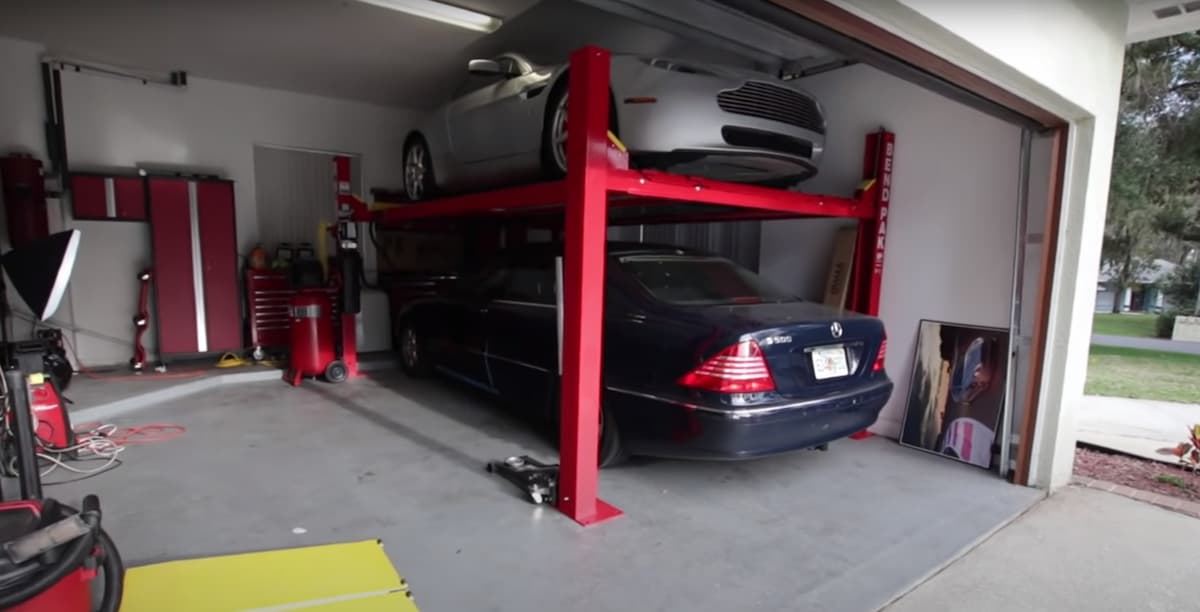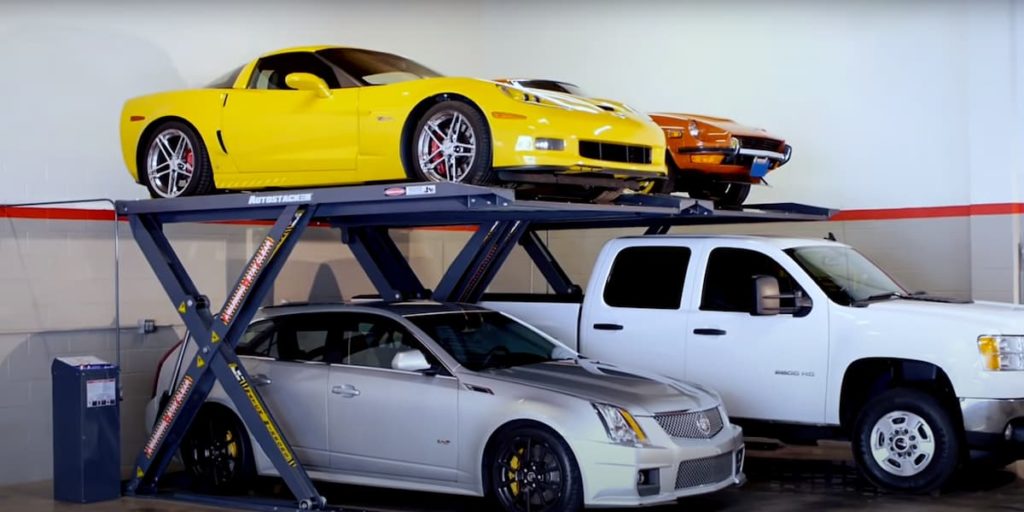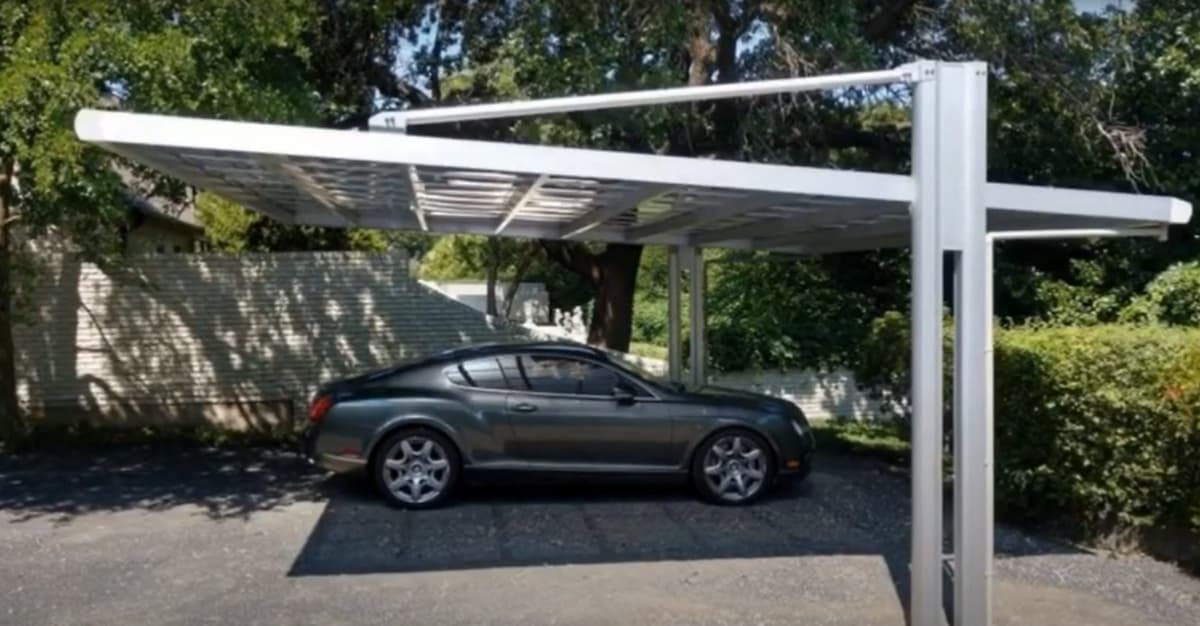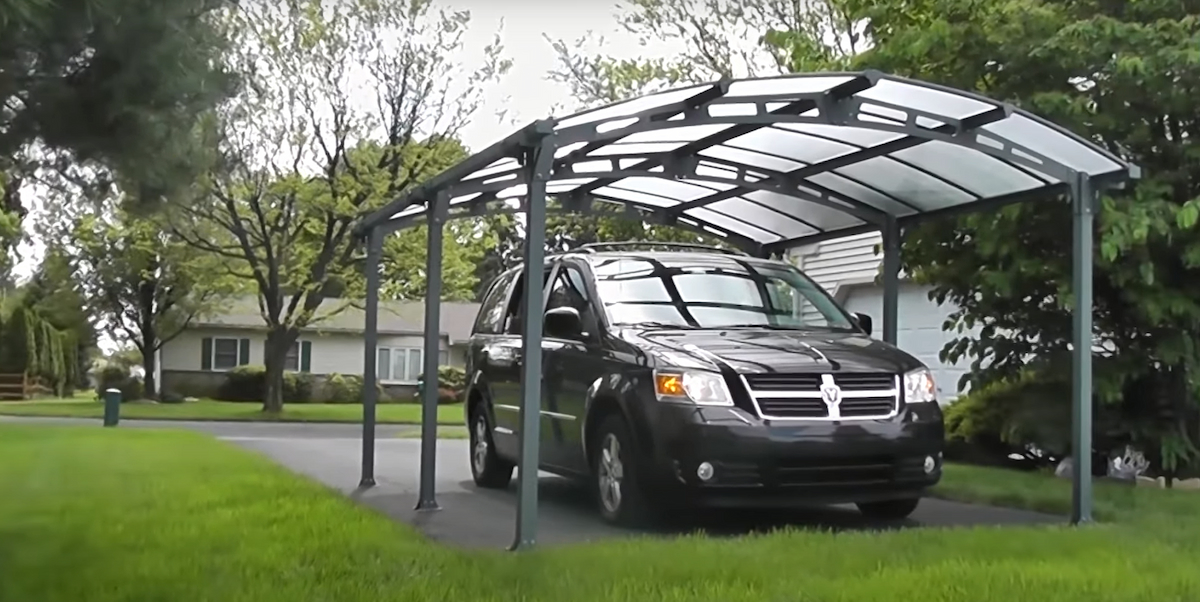
There are no freebies in life, and a free car parking space is no exception. The price of a car stacker ranges depending on the manufacturer and style, but as a rule of thumb, you could budget for:
- A stacker that can load and unload two vehicles weighing up to 3200 kg is around $6,500 (two automobiles / 3200 kg restriction)
- For a three-vehicle storage lift (4000kg capacity) that costs around $13,500
For many Australian houses, parking is a difficulty. Whether you’ve bought a home that only has room for one automobile or you live in a block of flats where no parking is available for all tenants, parking places may be tight. For others, street parking might be an option, but not on all streets. A car stacker may be able to assist you if you want to increase the number of parking spaces on your property but don’t have the space to add more.
What are Car Stackers?
A car stacker is a machine that allows you to safely park one vehicle on top of another. The most prevalent concept is that a motorist may drive onto a lift-like mechanism that rises high enough for a second vehicle to park beneath it, although there are alternatives available.
This is especially useful for properties with extra automobile parking spaces but no room to add, such as converting a single carport into a double carport. Whether it’s the garage of a family home or the parking lot for a flat complex, car stackers can assist you in extending choices when there are no more places to go.
Car Stacker Types Depending on Car Space
There are two main kinds of vehicle stackers. The first is an aboveground car stacker. These stackers can accommodate one to three vehicles in a single parking space and are entirely self-contained. Cars are lowered and removed until the desired automobile is reached on the upper levels of the car stacker.
The second kind of car stacker is suitable for renovations or construction. This is a ground-level device that allows you to remove any vehicle parked on it individually. Up to three vehicles may be accommodated in the same area. Automobiles may be stacked on a car stacker in many ways, depending on the manufacturer. Here are some of the most popular styles:
- Two-level
- Three-level
- Space saver (angled design)
- Lift and slide
- Normal lift
- Normal turntable ( with rotating platform)
Stackers with a personal key or remote are available. They include safety features such as tyre blockers so that automobiles can’t move once they’ve been parked in their designated areas. The lifters are hydraulic, and when the stacker is in use, they produce warning noises. There’s also a valve that controls how quickly the stacker lowers.
Benefits of Car Parking Systems
A car stacker is a device that allows you to park multiple cars in one location. While the primary advantage of a vehicle stacker is that it adds to the number of parking spaces for a property, it has the following advantages as well:
- Residents or visitors may use your garage to store vehicles.
- Boost the value of your home
- Cost-effective
- Low maintenance
- Reliable
- Easy to operate
- Safe to use
A car stacker is an amazing device for expanding parking choices. There’s nothing that compares to it when it comes to making things easier.

How does Car Stacker Technology Work?
A car stacker, or stacking system, is generally a machine or device that can lift multiple vehicles and stack them on top of each other. The stacking may be in the same plane (parallel to the ground), at an angle to each other, or one vertical and one at an angle.
The design and technology behind these systems vary greatly depending on the manufacturer. However, all vehicle storage lifts may have these common components:
- Main-frame
- Vertical frame
- Car cradle
- Offset beams
- Counterweight
To better understand how they work together, let’s take a look at what happens when someone wants to park their car on this system. A driver enters their vehicle into the main carriage, which typically has an open floor area with smooth sides for the vehicle to drive onto. The vertical frame is the structure that rises up and surrounds the parked vehicle.
Once raised, hydraulic or electric arms may grab either side of this frame and tilt it towards the horizontal frame. The two offset beams act as levers to push it out so far so that you can park your car beneath it. Once in position, hydraulic cylinders lower the lift back down again, leaving only one vehicle on top of the other with minimal effort required from the driver.
Types of Car Stackers for More Car Space
Generally speaking, there are three types of stacking systems, parallel stackers (parallel top), top-and-bottom stackers (angled top) and forklift capable (angled tops).
- Parallel Stacker
These utilize a pair of parallel beams to act as car cradles. The beams are typically adjustable so that the cradle can be raised or lowered to match the height of the vehicle being parked. Once in position, they rotate so that the vehicle is horizontal with its wheels resting on top of the other vehicles’ wheel wells. These are commonly used for parallel parking into existing spaces that are taller than standard parking garages.
- Top-and-Bottom Stacker
These systems use a pair of angled top beams instead of parallel beams because it allows you to lower your vehicle onto another vehicle’s roof if necessary. This is especially useful for compact cars or even motorcycles where you might not have enough space to safely park horizontally between two cars already on the lift. They work by first raising the vehicle to the top beam where it may be parked, flipped onto its roof, and then lowered again so that the frame rests on top of another. Lastly, both cradles are lifted simultaneously to bring the second car into alignment with the first.
- Forklift Capable
Forklift capable systems are entirely different from the two above because they feature additional code compliance options for businesses that require them. Using a counterweight design instead of lifting arms, these devices can stack cars at angles up to 45 degrees which makes stacking several high possibles given enough space around your lift. They are also able to handle vehicles weighing over 3400 kilos each depending on their size and make/model code requirements for forklifts.
Owners Corporation and Strata Title Laws and Regulations
All three kinds of car stackers mentioned above need to observe the same rules and regulations for building owners and strata bodies. Namely, they could be installed by professionals with extensive experience in this field or you might end up getting fined or facing legal action from these bodies. For example, most car stackers could only be installed by an engineer who is qualified to interpret the building code and its relevant clauses. An owners corporation manager may also need to inspect independent parking systems before they can be put into use.





